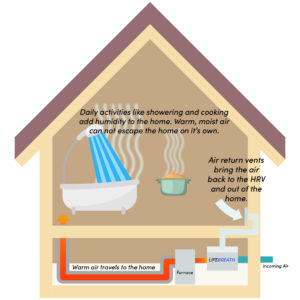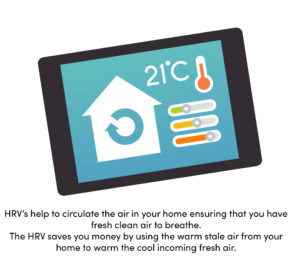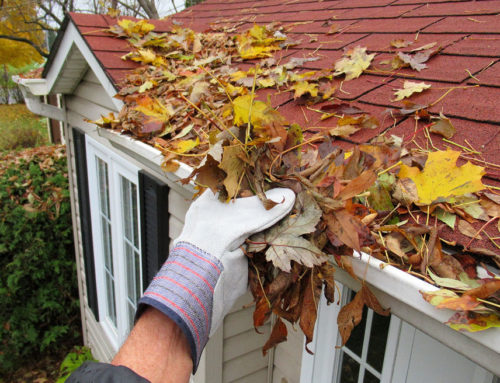Shut that door and keep the heat in—it’s a familiar cry in winter; in the summertime, you’re more likely to see people closing doors and windows to keep the heat out and save on the air-conditioning. How can you have an airtight, energy-efficient home that’s also healthy and well-ventilated? Your heat recovery ventilation (HRV) offers a solution to bring fresh air into your home without letting the heat escape. Let’s take a closer look at how they work!
Why Do New Homes Need This Technology?

Modern homes are usually built to far higher technical standards than buildings constructed a few decades ago and are much more energy-efficient, largely thanks to better heat insulation. One key area of improvement has been to make buildings more airtight so they hold onto the heat we put into them for longer. But there’s a drawback: our homes need regular changes of air to keep them healthy. Baths and showers, doing the dishes, clothes washing machines, drying clothes indoors, and even simple breathing produce astonishing amounts of water inside our homes. Let that problem go unchecked and you’ll get problems like mold and mildew, dust mites and a greater risk of asthma. Opening doors and windows is the obvious way to get rid of moisture and bring in the fresh air, but if you do that in winter you might just as well flush your money down the toilet: all the heat you’ve expensively introduced into your home will blow away in the breeze.
An old drafty house solves this problem by being automatically well ventilated, but it’s probably also freezing cold because it’s useless at holding onto heat; a modern energy-efficient home solves the draft problem but may be stuffy and under-ventilated. So what to do?
What is heat recovery ventilation?
HRVs are essentially noses on houses: they consist of two ventilation ducts running next to one another passing between the inside and the outside of a house. One carries cool, fresh air in; the other carries moist, stale air out. The clever bit is that the airstreams run through a device called a heat exchanger that allows the outgoing air to pass most of its heat to the incoming air without the two airstreams actually mixing together. There’s a fan (blower) in each duct that can be turned up or down automatically depending on the temperature and humidity levels.
Above illustration: How an HRV works (in more detail): This is the layout of an actual HRV unit showing the two airflow paths in a bit more detail. Fresh air enters the home from outside entering the HRV unit. On the way, it picks up heat
from the diamond-shaped heat exchanger. Stale, moist air exits from the home passing through the heat exchanger to give off warm air.
Why use your HRV?
 HRVs have an obvious appeal: they give you a warm well ventilated home and stop you “emptying your wallet” into the atmosphere every time you open your windows. In winter, they can help save on your heating bills; in summer, they reduce the need for air conditioning. By keeping excess moisture out of your home, they’re better for your home, your furnishings, and your health (properly ventilated homes that are neither too hot nor too damp are less likely to harbor dust mites, a very common trigger of asthma.) and they help to keep the “climate” inside your home at a more constant level. Typically they retain about two thirds to three quarters of the heat that would normally be lost from your home through ventilation, so they really do save energy. How much energy? A small amount of this energy is used to power the electric fans in the HRV system (typically about 50–100 watts, and as high as 300 watts in some cases), but there’s still a considerable energy saving.
HRVs have an obvious appeal: they give you a warm well ventilated home and stop you “emptying your wallet” into the atmosphere every time you open your windows. In winter, they can help save on your heating bills; in summer, they reduce the need for air conditioning. By keeping excess moisture out of your home, they’re better for your home, your furnishings, and your health (properly ventilated homes that are neither too hot nor too damp are less likely to harbor dust mites, a very common trigger of asthma.) and they help to keep the “climate” inside your home at a more constant level. Typically they retain about two thirds to three quarters of the heat that would normally be lost from your home through ventilation, so they really do save energy. How much energy? A small amount of this energy is used to power the electric fans in the HRV system (typically about 50–100 watts, and as high as 300 watts in some cases), but there’s still a considerable energy saving.





